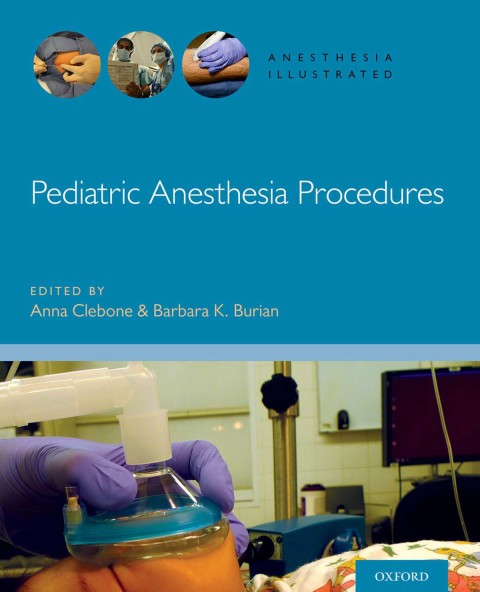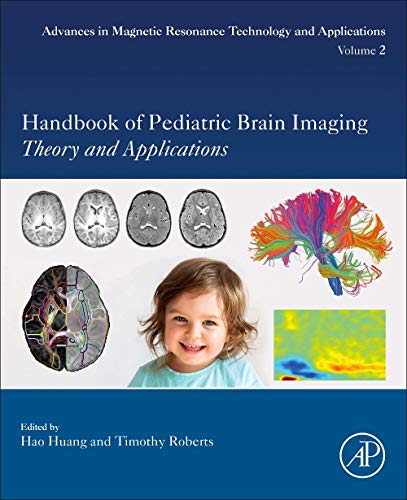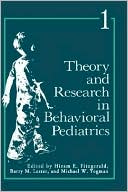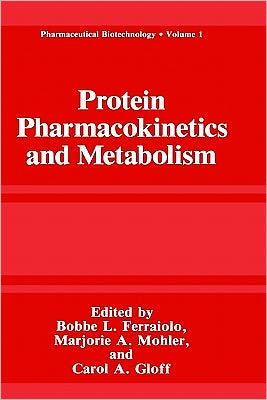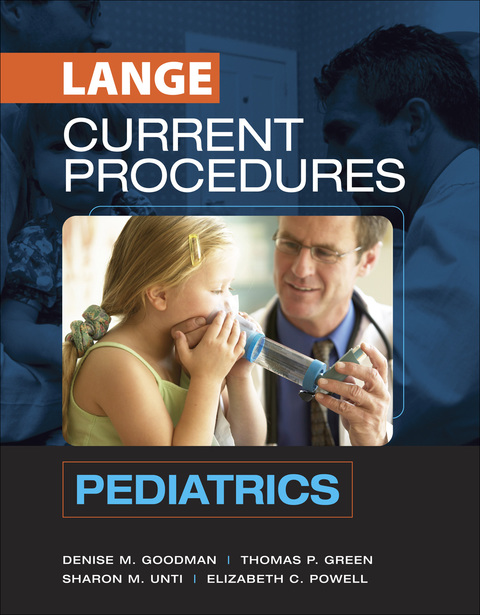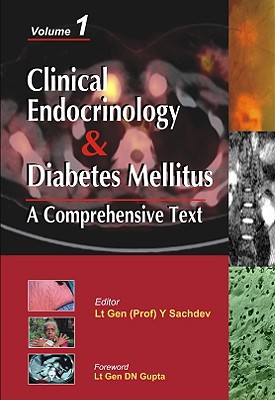Pediatric Endocrinology and Inborn Errors of Metabolism
Sarafoglou, Kyriakie
Hoffmann, Georg
Roth, Karl
Fast, crystal-clear guidance on managing both pediatric endocrine disorders and inborn errors of metabolism
New England Journal of Medicine Review!
"...an inspiring learning tool....Sarafoglou and colleagues have combined their expertise to create an informative and timely textbook in which the explanations of underlying mechanisms guide the structure of each chapter. It is a unique book that is pleasing to the eye, nurturing for the mind, and instructive for a broad readership."—New England Journal of Medicine
4 STAR DOODY'S REVIEW!
"The book covers various pathophysiologic aspects of each endocrine organ and its interaction with other endocrine and nonendocrine systems. Disorders of thyroid and adrenal glands, pituitary, reproductive organs, and endocrine neoplasia are extensively covered. Most large groups of metabolic diseases are reviewed as well. Concise, pertinent information is provided on mitochondrial and fatty-acid oxidation, urea cycle and glycogen storage disorders, as well as organic acidurias and amino acidopathies. The most useful and user-friendly areas are the 1-to-2-page "at-a-glance" sections in each chapter which provide concise yet pertinent information about the disorders within a particular group of endocrine disturbances or IEM.
This is a well written book and the multiple visual aids greatly assist in comprehension and memorization of the material...I strongly recommend this book without reservation." — Doody's
In one practical, user-friendly tutorial, a team of international contributors delivers the latest information and clinical insights you need to confidently diagnose and manage pediatric patients. This full-color resource guides you through the etiology, pathophysiology, presenting signs and symptoms, diagnostic laboratory examinations, and treatments regimens of each disorder.
Features:
- Full-color presentation with numerous photos, illustrations, diagnostic algorithms, tables, and text boxes that summarize key concepts and assist in the decision-making process
- At-a-Glance feature beginning each disease-based chapter summarizes all the clinical information you need to differentiate between disorder sub-types in one easy-to-find place
- All-inclusive coverage encompasses the full spectrum of critical topics
- Emergency assessment and treatment chapter gives you fast, clear guidance on acute presentations of endocrine and metabolic disorders
- Chapter on newborn screening walks you through an abnormal screening result to follow-up diagnostic testing
- Complete and detailed information on all laboratory and radiographic testing used to diagnose disorders in both disciplines
Doody Review Services
Reviewer:Dmitriy Niyazov, Pediatric Geneticist (Ochsner for Children)
Description:As they present the latest information about endocrine diseases and inborn errors of metabolism (IEM), the authors try to integrate the two subjects as they frequently overlap; knowledge of endocrine mechanisms is crucial for understanding IEM and vice versa. The book highlights specifics of various disorders with extensive use of tables, graphs, algorithms, and photographs. Special "at-a-glance" sections in chapters provide concise information about a particular group of disorders in a table format typically comprising two pages, which allows the authors to lay out key elements without sacrificing important details.
Purpose:The purpose is to provide a clinically focused medical reference on endocrine diseases and IEM and integrate these interrelated fields. The authors also attempt to make the vast amount of information and concepts user friendly so they are easy to understand, while at the same time avoiding oversimplification. This is one of the most extensive books bridging the gap between the endocrine and metabolic fields, which helps clinicians better understand and treat patients with such disorders.
Audience:It is intended and would be helpful for general clinicians, residents, and students. Subspecialty clinicians who could benefit from this include pediatric endocrinologists, dysmorphologists, and biochemical geneticists.
Features:The book covers various pathophysiologic aspects of each endocrine organ and its interaction with other endocrine and nonendocrine systems. Disorders of thyroid and adrenal glands, pituitary, reproductive organs, and endocrine neoplasia are extensively covered. Most large groups of metabolic diseases are reviewed as well. Concise, pertinent information is provided on mitochondrial and fatty-acid oxidation, urea cycle and glycogen storage disorders, as well as organic acidurias and amino acidopathies. The most useful and user-friendly areas are the 1-to-2-page "at-a-glance" sections in each chapter which provide concise yet pertinent information about the disorders within a particular group of endocrine disturbances or IEM. For instance, nine types of glycogen storage disorders are laid out in a nice table where readers can get both a description of each disorder and comparisons among them. Figures and algorithms are helpful for better comprehension and visualization of a particular process and various biochemical steps, reactions, and pathways. High quality photographs of patients illustrate the main points about the disorder in question while figure legends assist in interpretation quite well.
Assessment:This is a well written book and the multiple visual aids greatly assist in comprehension and memorization of the material. Perhaps the closest books for comparison are Sperling's Pediatric Endocrinology, 3rd edition (Elsevier, 2008), and Scriver et al.'s The Metabolic and Molecular Bases of Inherited Disease, 8th edition (McGraw-Hill, 2001). These books are exhaustive and at times too detailed for average clinicians. They are harder to use and lack the very useful "at-a-glance" sections. The authors of Pediatric Endocrinology and Inborn Errors of Metabolism take on the daunting task of collecting the most up-to-date information in two large fields while restricting the book to fewer than 1,000 pages. It is especially difficult given the ever-emerging new data and the temptation to cover it all. Yet, the authors are cognizant of space and concentrate on key points, since clinicians are not as interested in the esoteric details as in bullet-points that will most efficiently help them make a diagnosis and provide treatment. I strongly recommend this book without reservation.
| Name in long format: | Pediatric Endocrinology and Inborn Errors of Metabolism |
|---|---|
| ISBN-10: | 0071439153 |
| ISBN-13: | 9780071439152 |
| Book pages: | 976 |
| Book language: | en |
| Edition: | 1 |
| Binding: | Hardcover |
| Publisher: | McGraw-Hill Education / Medical |
| Dimensions: | Height: 11.3 Inches, Length: 9 Inches, Weight: 5.49832881428 Pounds, Width: 1.72 Inches |




